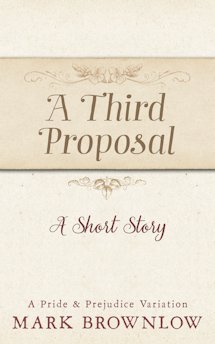All photos Original illustration designed by Dubai-based Filipino graphic artist “Trix.” View her stunning portfolio at trixdraws.deviantart.com
ctto: Maria Angela C. Simbajon
was literally the home-wrecker of Philippine mythology. As the goddess of broken homes, she accepted it as her personal mission to destroy relationships. She did this by disguising herself as an old beggar or healer who would enter the homes of unsuspecting couples.




























